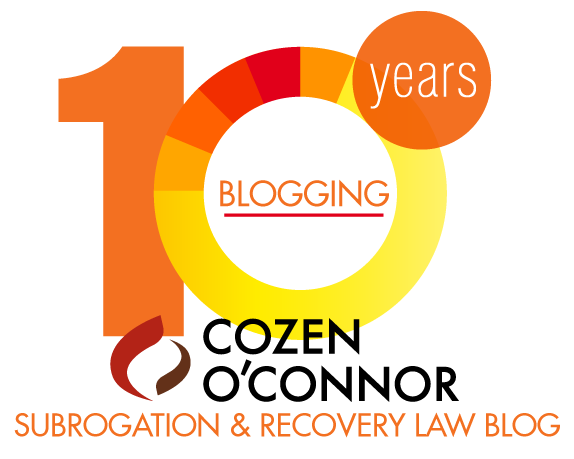A recent decision by the Ontario Superior Court of Justice serves as a reminder of how contractual language in lease agreements may permit recovery against a negligent party in subrogated claims. In Designer Collection Sales Inc. v. 161 Spadina Inc., (decided May 8, 2012) a frozen water pipe burst in an unoccupied upstairs unit of a property located in Toronto. Water flowed down to lower floors, ruining the tenant’s stock in trade. The tenant recovered damages under its property insurance policy and its insurer pursued a subrogation claim against the landlord for its failure to maintain the pipe that burst. The landlord argued that it could not be liable to the tenant, relying on lease language that the landlord was “not liable for any damage to the tenant’s property or for any injury to any person in or coming to or from the premises,” and language that required the tenant to “maintain public liability insurance.”
The Court in Designer Collection Sales agreed with the insurer for the tenant that a close reading of the lease terms was required before a right to subrogation would be foreclosed. There, the wording of the lease in question was not sufficiently clear to insulate the landlord from liability. In arriving at this conclusion, the Court distinguished between liability insurance and property insurance and noted that the lease only required the tenant to obtain liability insurance to protect the landlord. Although insurance for property losses was obtained by the tenant, the Court reasoned that this was not required under the lease agreement. For the above reasons, the landlord’s motion for summary judgment was dismissed by the Court and the subrogation claim was allowed to proceed.
The lesson of Designer Collection Sales is that each lease must be carefully analyzed to determine whether subrogation may be pursued against the negligent party, regardless of whether that party is the landlord or the tenant.
** Doug would like to thank Francois Lesieur for his assistance in writing this blog post.



